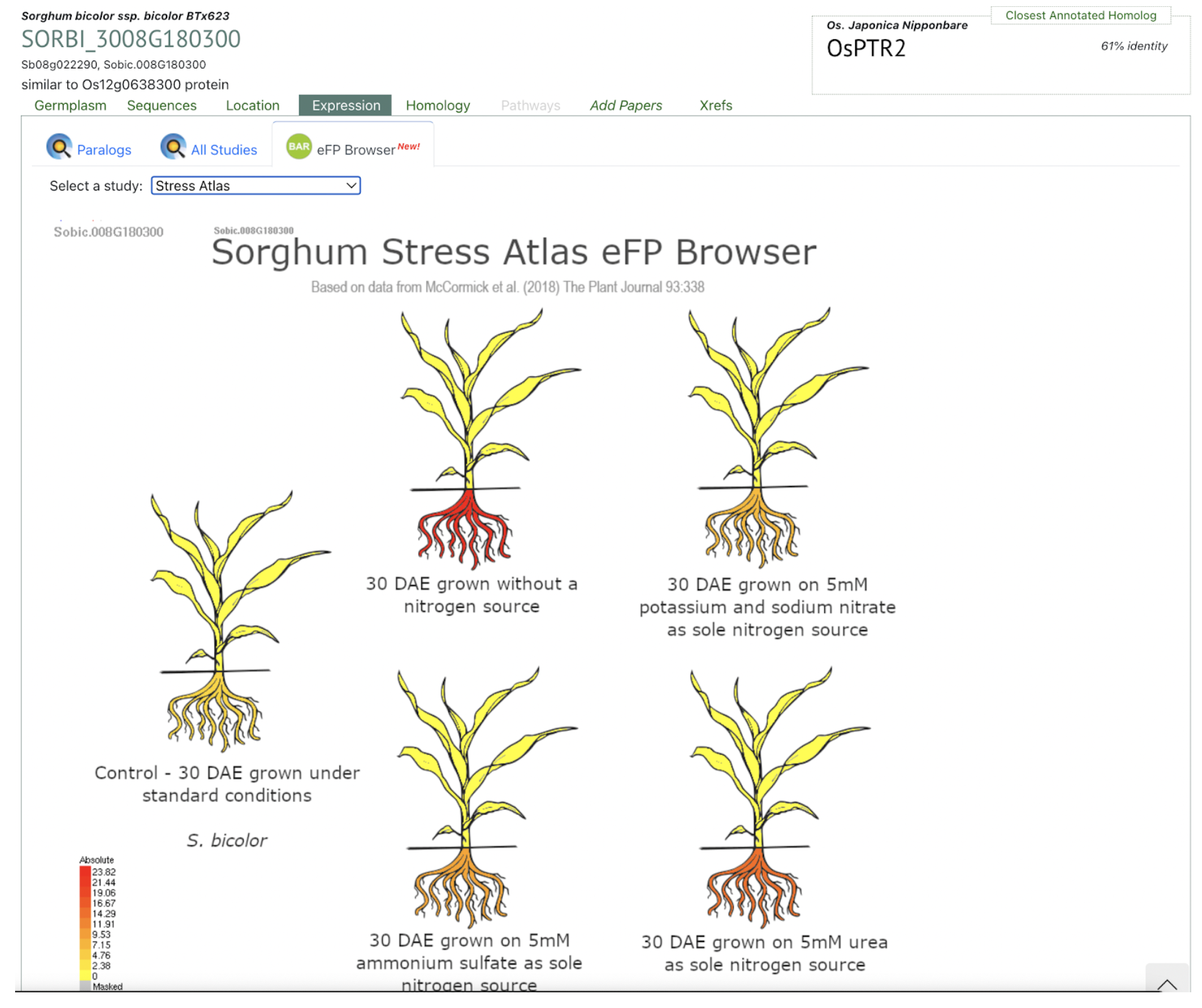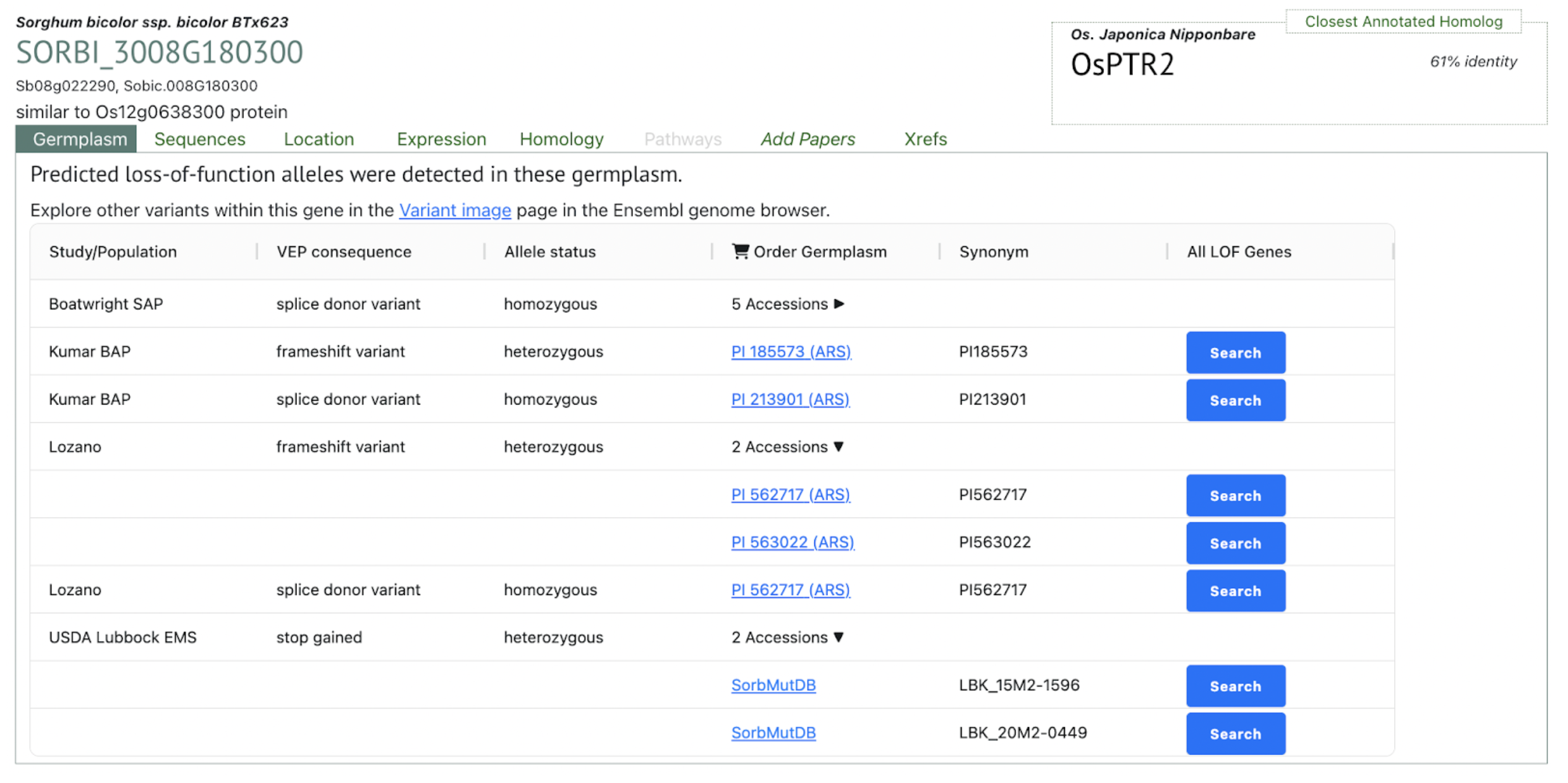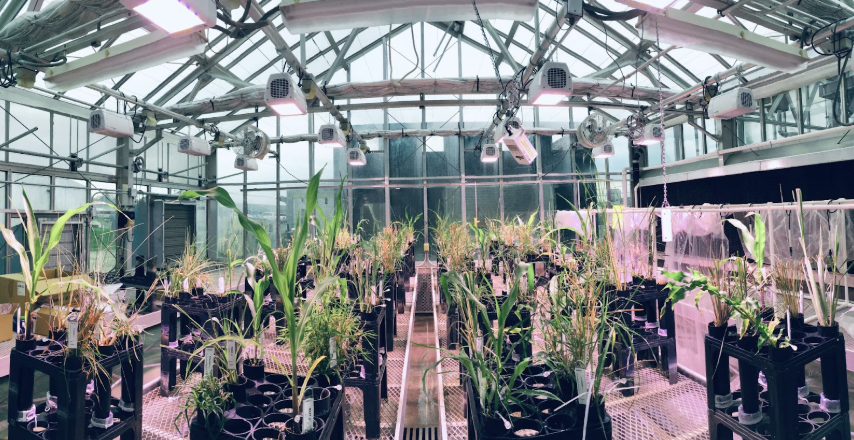Hsu et al., identified distinct rhizosphere nitrogen cycling strategies across diverse Andropogoneae grasses, revealing genetic and ecological mechanisms that could inform more sustainable nitrogen use in cereal crops.
Keywords: Andropogoneae, evolution, nitrogen cycle, rhizosphere, sustainability
By uncovering distinct nitrogen cycling strategies across Andropogoneae grasses, this work provides critical evolutionary and mechanistic insights that can be leveraged to improve nitrogen use efficiency in crops, advancing both sustainable agriculture and ecological understanding of plant–microbe interactions. – Hsu
Nitrogen (N) is an essential element for all life, serving as a structural component of DNA, RNA, and amino acids. Despite the atmospheric abundance of dinitrogen (N₂), its biological accessibility depends on microbial fixation into ammonia (NH₃), making reactive N a limiting factor in many ecosystems. Once fixed, nitrogen circulates through inorganic and organic pools via key microbial processes, including fixation, nitrification, denitrification, anammox, and ammonification. Human activities—particularly the widespread use of synthetic fertilizers—have dramatically altered natural N cycling, improving crop yields but creating severe environmental consequences. A central question in plant evolutionary and ecological biology concerns how different species interact with N in their rhizosphere. Scientists from Cornell University, USDA-ARS, Donald Danforth Plant Science Center, University of Illinois Urbana Champaign and Harvard University addressed that question by systematically screening rhizosphere N dynamics across diverse Andropogoneae grasses, including both wild and cultivated species such as maize and sorghum, to identify contrasting strategies of N cycling that may improve agricultural N use efficiency.
Our results reveal three distinct N cycling strategies—Conservationists, Leachers, and Nitrate Keepers—shaped by adaptation to contrasting soil nutrient and drainage regimes. Genomic and transcriptomic association analyses highlight the role of N transporters (e.g., AMTs, NPFs) and ABC transporters, with evidence linking biochemical exudates such as flavonoids to biological nitrification inhibition (BNI). These findings suggest that adaptive evolution under variable N competition and soil conditions has shaped both microbial interactions and plant N uptake preferences. Importantly, maize and sorghum already exhibit strong N conservation traits, pointing to limits in improvement within domesticated gene pools and underscoring the value of exploring wild relatives and novel management practices. Together, this work provides a framework for integrating evolutionary insights with agronomic strategies to enhance nitrogen use efficiency and reduce environmental losses in modern cropping systems.
SB Examples:


Hsu SK, Emmett BD, Haafke A, Costa-Neto G, Schulz AJ, Lepak N, La T, AuBuchon-Elder TM, Hale CO, Raglin SS, Ojeda-Rivera JO, Kent AD, Kellogg EA, Romay MC, Buckler ES. Contrasting rhizosphere nitrogen dynamics in Andropogoneae grasses. Plant J. 2025 Jul;123(1):e70319. PMID: 40616845. doi: 10.1111/tpj.70319. Read more
Related Project Websites:
- Buckler Lab at Cornell University: https://www.biotech.cornell.edu/affiliated-programs/buckler-lab
